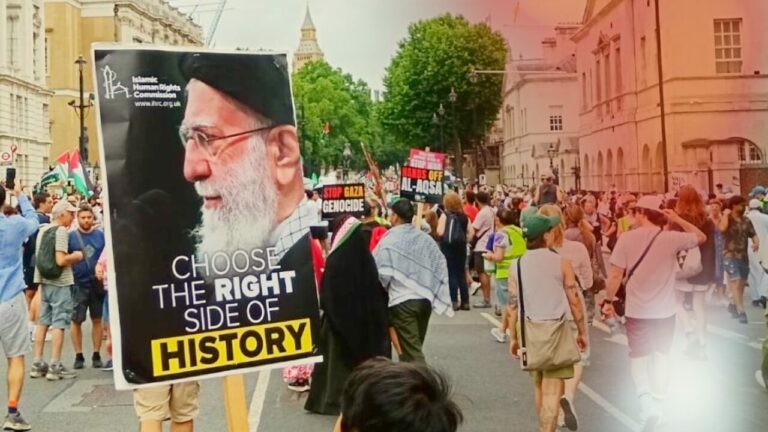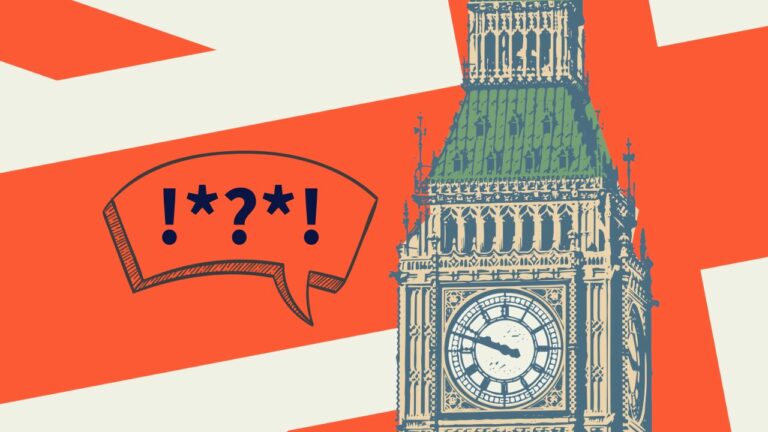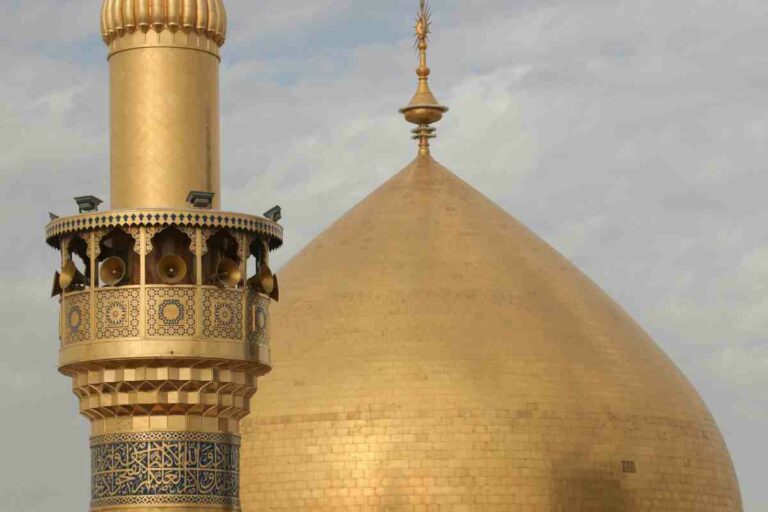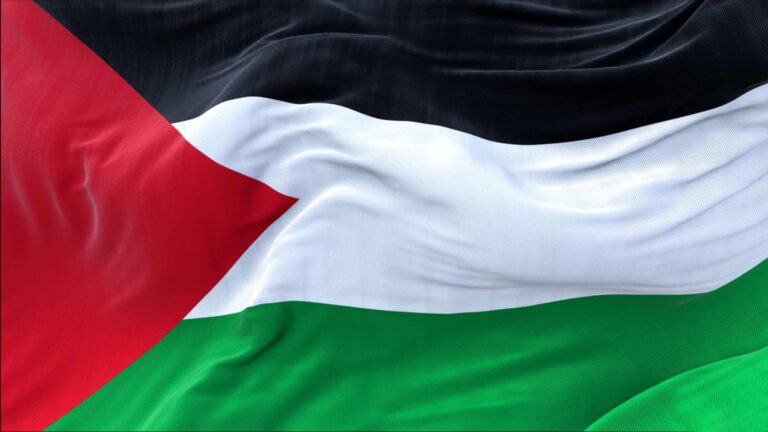Islamic Human Rights Commission – FRANCE – February 2008
Submission to the UN Universal Periodic Review
Second Session of the UPR Working Group, 5 – 16 May 2008
IHRC submits the following under sections, B, C and D with specific focus on the 15 March 2004 law that bans conspicuous religious symbols in schools, and its effects on Muslim girls and women.
This submission outlines:
Under B, IHRC discusses the conflict between the 15 March 2004 law and articles of the French Constitution, the Conseil D’Etat ruling in 1994, and the role of th anti-discrimination body HALDE.
Under C, IHRC discusses the practical effect of the law, and the resulting human rights abuses, including denial of: the right to education; employment; access to healthcare; marriage; nationality; and freedom of religion, thought and conscience
Under D, IHRC outlines its concerns at the existing constraints on resolving these issues and makes recommendations in these areas.
B. Normative and Institutional Framework
15 March 2004 Law
- In addition to its international obligations, French constitutional law suggests a contradiction with the 15 March 2004 law. Under the 1905 Act separating the Church and the State, Section 1 declares, ‘[t]he Republic shall ensure freedom of conscience. It shall guarantee free participation in religious worship, subject only to the restrictions laid down hereinafter in the interest of public order.’
- Furthermore, the 1958 French Constitution provides, ‘France is an indivisible, secular, democratic and social Republic; it shall ensure the equality before the law of all citizens, without distinction as to origin, race or religion. It shall respect all beliefs.’ (A.2). Further, the Constitution goes on to guarantee the autonomy of individuals before the law, claiming that ‘[A]ll citizens shall be equal before the law, regardless of their origin, race or religion. They shall have the same duties’.
- The 15 March 2004 law states that all ostentatious religious symbols are banned from schools. Whilst ostensibly covering all religions (IHRC notes that many Sikh and Jewish boys have been affected also), French political and public discourse clearly indicated that this was a law designed at targeting Muslims. All original arguments spoke of the ‘affront’ to French values that the headscarf or hijab posed. This discourse spoke to a deep rooted French institutional aversion to the idea of minorities as communities, and successive French governments’ reservations regarding minority rights.
- The effects of this law are manifold and are discussed in C hereunder.
- Ban on Public sector workers wearing the headscarfIHRC notes that a law banning the wearing of religious symbols by public sector workers including teacher and civil servants already affected Muslim women prior to the 15 March 2004 law.
- Haute Autorité de Lutte contre les Discriminations et pour l’Egalite (HALDE)
- IHRC notes that of the 220,000 recorded discrimination cases in France in 2006, only 43 went to trial. The possibilities within this prevailing legal culture of a successful challenge through the courts by a litigant with regards to her exclusion from school, is not encouraging.
- The French government’s claim that HALDE (Haute Autorité de Lutte contre les Discriminations et pour l’Egalite) is an effective institution to tackle discrimination, particularly that experienced by women of colour, is disputed.
- Activists and NGOs complain regarding HALDE. Notably, that:
-
- HALDE’s initial power of sanction was revoked by the government;
- This indicates a lack of political will to address discrimination and institutionalised prejudice within the French system
- HALDE’s approach of conciliation (i) masks the extent to which cases occur, (ii) keep such cases from public view (iii) possible skew recording of figures;
- Many civil society actors from minority communities, see HALDE as another ‘phoney’ institution based on neo-colonial precepts of managing immigrant communities.
- Others feel that the removal of its sanction powers reflects the French government’s desire to provide redress through the courts in cases of discrimination;
- The government promotes a culture of conciliation amongst the legal community that keeps discrimination cases out of courts;
C. Protection and Promotion of Human Rights in France
- The ban involves the intersection of a number of human rights and their violation. Latterly, some French officials have claimed that the ban was implemented in order to implement requirements under CEDAW with regard to education. However IHRC notes that according to the French ‘Headscarf Czar’ Hanifa Chérifi, in her 2004 report, some 626 cases of girls wearing the headscarf were mediated. Whilst most removed their scarves after pre-expulsion negotiation, a total of 44 in total were excluded (a further 3 boys were excluded for refusing to remove the turban). According to the March 15 Freedom Committee, the figure for that year of girls and women effected (and in their estimation this did not reflect all cases) was 806.Freedom from Discrimination
- IHRC notes that stereotypes of Muslims in particular those who wear the headscarf are often promoted by government, and public figures. This stereotyping has been seen in judgements in discrimination cases. In one case a Muslim woman working in an underwear shop, a court held that she could be dismissed because, in her employer’s opinion she was dressing too modestly and therefore was not encouraging shoppers to buy. IHRC is deeply concerned that such a ruling encourages stereotyping of women per se, as well as creating stereotypes about Muslim women and women of colour, and creates a judicial climate and culture where such discrimination is normalised.Right to Nationality
- Some women who wear the headscarf are prevented from becoming French nationals. Likewise some are refused residency or ID cardsRight to Education
- IHRC notes that there is no empirical data provided to back the government’s case that the ban, as it argues prevents truancy, confinement to the home or lack of equality between the sexes and how such a ban would impact on such practices. Further, IHRC notes that the French government hailed the ban as a success because it had curbed ‘Islamic fundamentalism’.Rights to Employment, Health, Law and Marriage
- IHRC notes that women excluded from education as a result of the ban on religious symbols, will subsequently face greater problems in securing employment.
- IHRC notes the reports of a rise in religious intolerance against women outside the school context. IHRC further notes the working of the ban in public and private sectors other than schools, including women banned from crèches, banks and human rights organisations, and dismissed from work in the public and private sectors. In one case, women wearing headscarves were barred from attending a doctor’s clinic. Women wearing hijab have been removed from juries. Women wishing to marry have been asked to remove their hijab, or denied entry to places of civil registration if they refuse.Freedom of Religion, Thought and Conscience
- Whilst argued in the public sphere as a way of stopping Muslim men controlling Muslim women, numerous cases including that of the Levy sisters in 2003 in Paris, as well as the research of Gaspard and Khosrokhavar (1995), indicate that the women affected have chosen the hijab freely and as an expression of their religious conviction.
D. Constraints
- IHRC is deeply concerned that the 15 March 2004 Law is deeply discriminatory and violates the rights of Muslim girls and women who wear the headscarf. IHRC’s overall recommendation is clearly that the 15 March 2004 law and all similar laws and policies be repealed.Further, IHRC recommends:
- The creation of a new neutral body that has effective membership and representation, and that has effective powers of sanction, to counteract inter alia state and institutional discrimination, and discrimination in the private sphere.
- In addition to repealing the ban, IHRC recommends that a process of dialogue between Muslim women who wear the scarf and their chosen representatives with government and public institutions be initiated by government.
- IHRC urges the French authorities to take on the importance of projects in tackling discrimination against women of colour.
- Courts and lawyers need to be trained in effective anti-discrimination norms that reflect stereotyping across the board.
- The French government must desist from interfering in the representative politics of minority communities, and ensure that public bodies have effective representation from minority communities.
- The French government needs to open up sincere, representative and diverse lines of communication with women from minority communities.
- The wearing of the headscarf must not be used as a criteria for refusing nationality, residency or ID cards to women, and this should be the standardised policy implemented across the regions.
- Women whose applications for nationality etc. were rejected on these grounds must be given recourse to redress.
- The ban on public sector workers / government employees from wearing ‘ostentatious’ religious symbols should be lifted.
- A more robust understanding of anti-discrimination needs to be taken on board by the French government.
- A systematic review of how many cases that have gone through the courts or been settled outside with regard to discrimination faced by Muslim women, etc. is needed, and measures and policies that facilitate headscarf wearing, women’s role in the public and private sectors should be implemented.
- Court officials, judges and lawyers need to be trained in effective anti-discrimination practices that ensure the spirit of anti-discrimination is consistent in judgements and cases, and that women are not excluded from work for their choice of dress.
- Medical practitioners need to be trained to uphold the Hippocratic oath.
- Sanctions against medical practitioners who refuse treatment to women must be implemented.
Additional information
- ‘Special Rapporteur on Freedom of Religion Ends Visit to France’ UN Press Release, 30 September 2005
- Ameli, S.R and Merali A.,(2005) “Hijab, Meaning, Identity, Otherization and Politics: British Muslim Women”,, Islamic Human Rights Commission, London.
- summary
- Ameli, S.R., Marandai, S., Ahmed, S.T., Kara, S. and Merali A. (2007) The British Media and Muslim Representation: The Ideology of Demonisation, Islamic Human Rights Commission, (London)
- British Media and Muslim Representation
- Amiraux, V (2006) ‘Speaking as a Muslim :Avoiding Religion in French Public Space’, in eds Jonker, G. and Amiraux, V. Politics of Visibility: Young Muslims in European Ansari, F. and Karim, U. (2004) Hijab and Democracy, Islamic Human Rights Commission, London
- Hijab and democracy
- AP, ‘Hijab costs woman French residency’, Thursday 17 November 2005
- Public Spaces, Transaction Publishers, New Jersey
- Baer, J. (1998) Muted Group Theory by Chris Kramarae, Human
- Communication Theory, Colorado: University of Colorado.
- Bouteldja, N. (2008) ”Integration’, discrimination and the Left in France: a roundtable discussion’, Race and Class 49(3)
- Gaspard F and Khosrokhavar, F, Le foulard et la république (Paris, La Découverte, 1995)
- Geisser, V. (2003), La nouvelle islamophobie, (Paris, La Découverte)
- McGoldrick, D., (2006) Human Rights and Religion – the Islamic Headscarf Debate in Europe, Hart Publishing (Oregon),
- Islamic Human Rights Commission, (2007) FRANCE: Concerns Regarding the Violation of CEDAW by the Banning of the Islamic Headscarf and other religious symbols in schools etc., Islamic Human Rights commission (London)
- Concerns Regarding the Violation of CEDAW by the Banning of the Islamic Headscarf and other forms of discrimination against Muslim women
- Concerns Regarding the Violation of CEDAW by the Banning of the Islamic Headscarf and other religious symbols in schools etc.






